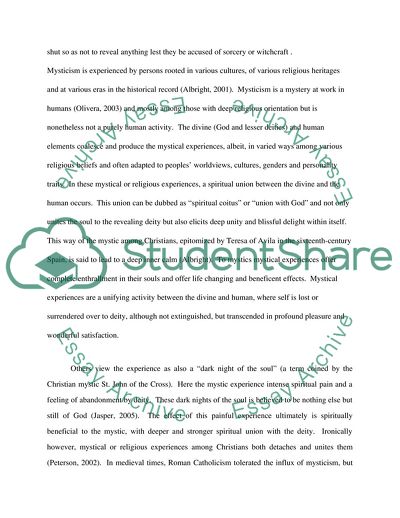Cite this document
(Mysticism and Its Phenomenon in the Culture Essay, n.d.)
Mysticism and Its Phenomenon in the Culture Essay. https://studentshare.org/culture/1713819-nt-in-review-mysticism
Mysticism and Its Phenomenon in the Culture Essay. https://studentshare.org/culture/1713819-nt-in-review-mysticism
(Mysticism and Its Phenomenon in the Culture Essay)
Mysticism and Its Phenomenon in the Culture Essay. https://studentshare.org/culture/1713819-nt-in-review-mysticism.
Mysticism and Its Phenomenon in the Culture Essay. https://studentshare.org/culture/1713819-nt-in-review-mysticism.
“Mysticism and Its Phenomenon in the Culture Essay”. https://studentshare.org/culture/1713819-nt-in-review-mysticism.


